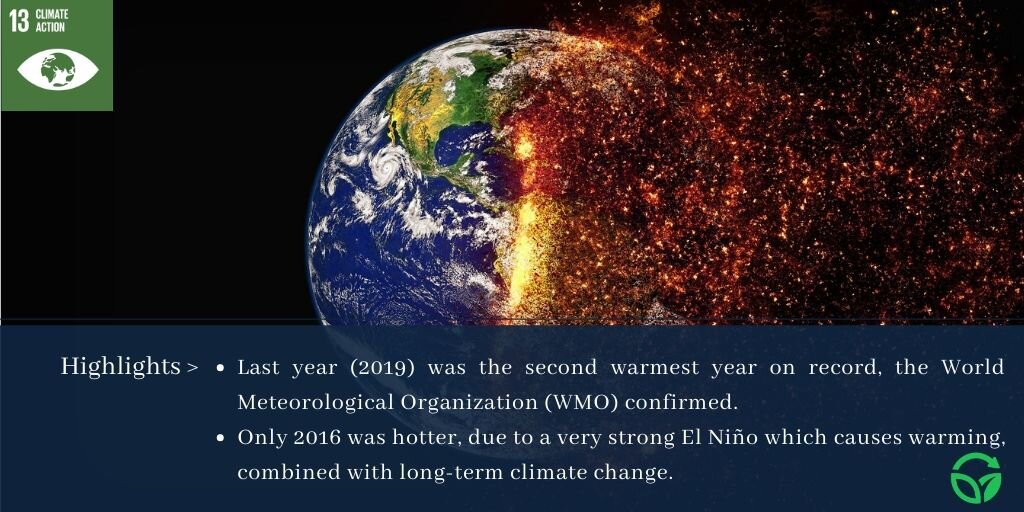A water tanker plane tackling Australia's bushfires crashed on Thursday as soaring temperatures and strong winds stoked out-of-control blazes in the country's southeast.
The Australasian Fire and Emergency Service Authorities Council told CNN the casualties were American.
The crew members belonged to Coulson Aviation, an aerial firefighting company that owned the aircraft contracted to the NSW RFS.
Conditions on Thursday were dry and hot, reaching into the 40s across NSW, while wind gusts strengthened in the south-east, exceeding forecasts from the Bureau of Meteorology.

















